An update from my garden
Spring is just around the corner, but there’s already lots to enjoy. Plus: tell me about your favourite gardens
You’re reading The Earthworm, a brand new newsletter that takes a sideways look at the world of gardens, gardening, horticulture and all that good green stuff. If this is your first time here, you can catch up on anything you’ve missed by following this link. Subscribe now for free and join the community!
I don’t know about you, but I have spent a lot of time recently reading and writing about gardening; less time doing any.
That shouldn’t come as a surprise. It is, after all, basically still winter – whatever our friends on Instagram will have you believe1 – and the kinds of garden-based tasks that one is supposed to do in winter are the ones that I find it most difficult to find the motivation for. These include: gathering leaves and other brown bits, cleaning tools, and sorting through the contents of the shed without disturbing any of the palm-sized spiders who moved in some time after Christmas. And then waiting.
Waiting for the first signs of life. Waiting, in other words, for spring.
But then I found inspiration, of all places, right here on Substack. There isn’t a lot of gardening content on this platform at the moment, but what is here is really very good. You may already be familiar with The Gardening Mind, by Jo Thompson, who I interviewed on The Earthworm a few weeks ago. There is also the excellent Radicle, which casts a critical eye over systems of political, colonial and racial prejudice within horticulture.
And then there’s Rootbound. Written by filmmaker and Master Gardener Boaz Frankel, Rootbound chronicles Boaz’s adventures in his own garden in Pittsburgh, Pennsylvania. I love Boaz’s interested and unpretentious approach to plants, but I also really love playing a game of Spot the Difference between happenings in our respective back yards. Differences, that is, beyond the 3,713-mile distance between postcodes, or the fact that his garden spends most of winter covered in ice and snow, whereas mine enjoys the relative warmth of London’s balmy urban microclimate.
This week, Boaz shared an update from his garden. And it inspired me to do two things. Firstly, to stop peering longingly out of the window for signs of spring, and instead to put on my garden shoes (they’re actually open-toed pool slides that invariably result in soggy socks and cold feet), and take stock of a garden-full of braced-to-burst buds. And secondly, to share a few of my findings with you here.
Strike of the Tiny Snail
I searched the cold frame high and low for the gastropod responsible for gobbling my sweet pea seedlings, and eventually found the microscopic culprit. Given my newly enlightened approach to pests, I chose to translocate it to a less vulnerable part of the garden, rather than turn it into snail soup. And if I’m honest, part of me is secretly pleased, as it means I get to sow some more seeds.
Subtropical suburbs
I recently looked up advice on how and when to prune Salvia ‘Amistad’. At first, I couldn’t understand why nothing was coming up. Then I realised that, according to the textbooks, this is a moot question in most parts of the UK, as the climate is supposed to do all the cutting back for you. And yet here, pictured, is the supposedly tender plant not just still alive, but still flowering, all the way through winter and into mid-March. (I did eventually find this advice from Jack Wallington, which recommends cutting the stems down to the lowest shooting node, but only once spring is “firmly here”.)
A wild goose(berry) chase
Our gooseberry bush has been one of our most reliable fruiting plants for the past couple of years. It has also been our most neglected, left to grow into a sprawling mess of weak and gangly branches. Look, it’s not my fault: the bush is covered in needle-like thorns and pruning the thing is a health & safety nightmare. Anyway, this year I braved the scratches and decided to clip it into a more manageable framework of branches which should, as a result, make for a more robust bush.
While I was down there, effing and blinding and pulling inch-long thorns out of my forearms, I discovered not one, but two branches had flopped onto the floor, coming into contact with the soil and laying down roots. Net result: two free gooseberry bushes! Which just goes to show, sometimes a lazy, thorn-averse gardening strategy does pay dividends.
Raising the roof
The euphorbias in the public flower beds at the end of our road offer are aglow with lemon-and-lime colour. The one in the shadier corner of my garden, not so much. It has done well in this spot in the past, but as other plants have grown up around it, they have also deprived the poor euphorbia of what little light it may have once received. To counter this, I’ve pruned away the lower branches – aka “raised the canopy” – of the Aucuba japonica that had been cramping its style. Hopefully we’ll now be rewarded with more of the euphorbia’s bright, otherworldly blooms.
A Mediterranean pallet
With only about three inches of soil depth to root into, the upright pallet planter that I constructed a couple of years ago isn’t an easy environment for plants to endure. Even in winter, the soil can dry out very quickly. I have tended to treat the pallet as I would your average window box or hanging basket, which is to say that I expect to have to swap the plants out for a new, seasonally appropriate batch at the start of spring and then again in later summer/early autumn.
But some plants have managed to out-survive their more seasonal neighbours, and this rosemary (along with a couple of ferns, two Centaurea cineraria, and a miniature Cypress), is my favourite of those. This year, I’m going to follow the rosemary’s lead, and introduce more Mediterranean or Alpine-style plants, which should better tolerate the pallet’s dry, shallow soil. (Oh, and have you ever eaten a rosemary flower? Go on, try one!)
Mirror mirror on the floor, who is the fairest of them all?
I’ve seen mirrors used to great effect in gardens, either to offer glimpses of hidden planting zones, or to trick the eye into thinking a space is larger than it really is. That’s all very clever and creative, but in a feat of cunning reverse-reverse-engineering, I have managed to turn an ordinary mirror into a, um, mirror.
The mirror itself was from an old built-in bathroom unit that we ripped out when we moved into the house. I stuck a wooden frame around it, then plonked it on the floor outside our kitchen window. And by placing a big old pot under said window, it means we can now see our emerging spring bulbs reflected back at us while we stand at the kitchen sink doing the dishes. (Which beats avoiding eye contact with the neighbours while they do the same over on the other side of the fence.)
Best in bloom
This is a Loropetalum chinense ‘Fire Dance’, a small evergreen (everpurple?) shrub, with tiny tassels of hot pink flowers in late winter. Later in the year, it’ll be crowded out by its more exuberant flowering friends, but for now, it’s a little dazzling delight.
On a separate note, I’m going to start compiling a list of The Earthworm community’s favourite gardens to visit. But for this to happen, I need your recommendations! You can do this in one of two ways: leave a comment on this post or, if you’re reading this in your inbox, just hit reply to this email.
I’m not asking or expecting people to respond with page-long write-ups and reviews – it’s probably best if you keep it brief – but please do include a line or two about why you love the garden(s), maybe what time of year you visited, any highlights (plant, feature, cafe, etc). That kind of thing. And if you’ve got a photo, all the better!
I’ll then pull together all of your suggestions and publish them in a future edition of The Earthworm.
And finally…
Recent subscribers will have noticed that there are multiple ways to subscribe to The Earthworm. This is because I have now turned on paid subscriptions.
Why is this happening?
I’ve always been clear and transparent that I strongly believe that quality content has an intrinsic value, and that this value has been diluted, eroded and forgotten thanks to the endless reams of freely available, ad revenue-chasing, SEO-baiting stuff out there.
Call me old-fashioned, but I think writers should be able to make a living from writing. The way things are going, that has become increasingly difficult. By paying to subscribe to The Earthworm, you are helping to make this slightly less difficult for me.
What does this all actually mean?
For the time being, very little. Free subscribers will still receive two emails each week, and nothing much will change. In time, some of this weekly content will be visible only to paid subscribers, who will also be treated to exclusive extras like audio posts, recommendations, and community features. Don’t worry, I won’t just spring this on you – you’ll know when it’s coming.
If you want, you can wait, see if you’re still enjoying The Earthworm in a few weeks’ time, and make a decision then. Or you can hit “subscribe now” and amend your membership whenever you feel like it. Either way, thanks for being here and for your continued support.
There are lots of different ways to measure the advent of spring, and each of these is celebrated on Instagram as if it were an FA Cup final victory, or a wedding day, or a lottery win. March 1st marked the beginning of “meteorological spring”. March 11th marked the beginning of “televisual spring” (with the return of Gardener’s World to our screens). March 21st will mark the beginning of “astronomical spring”. These dates are useful for keeping our spirits up, but not so much for setting our horticultural watches by.

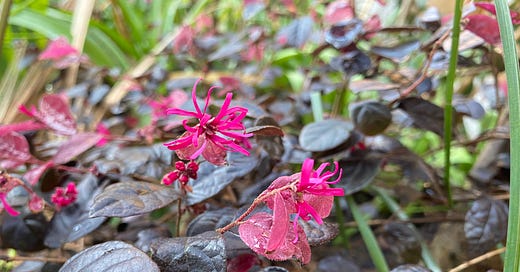



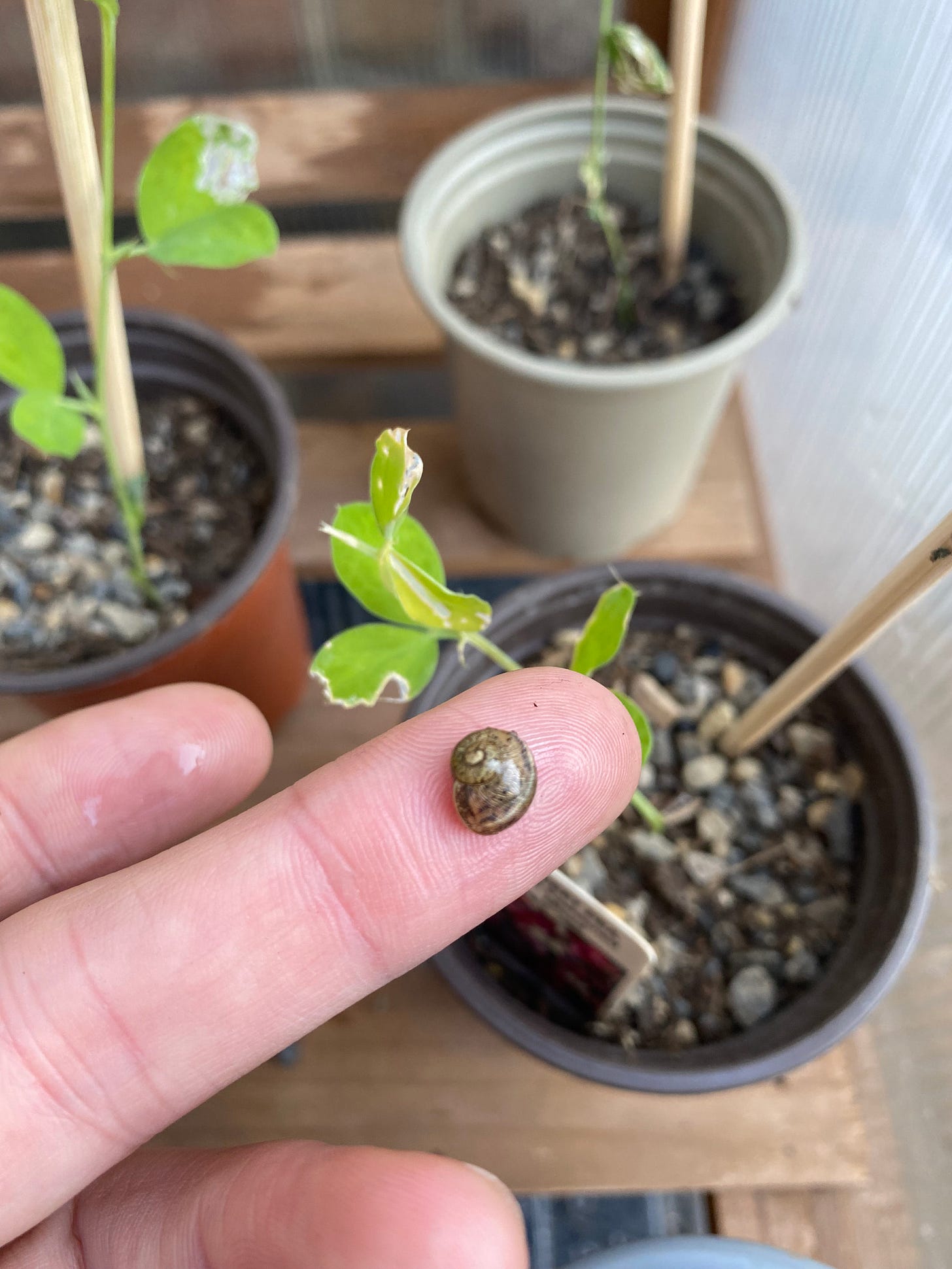
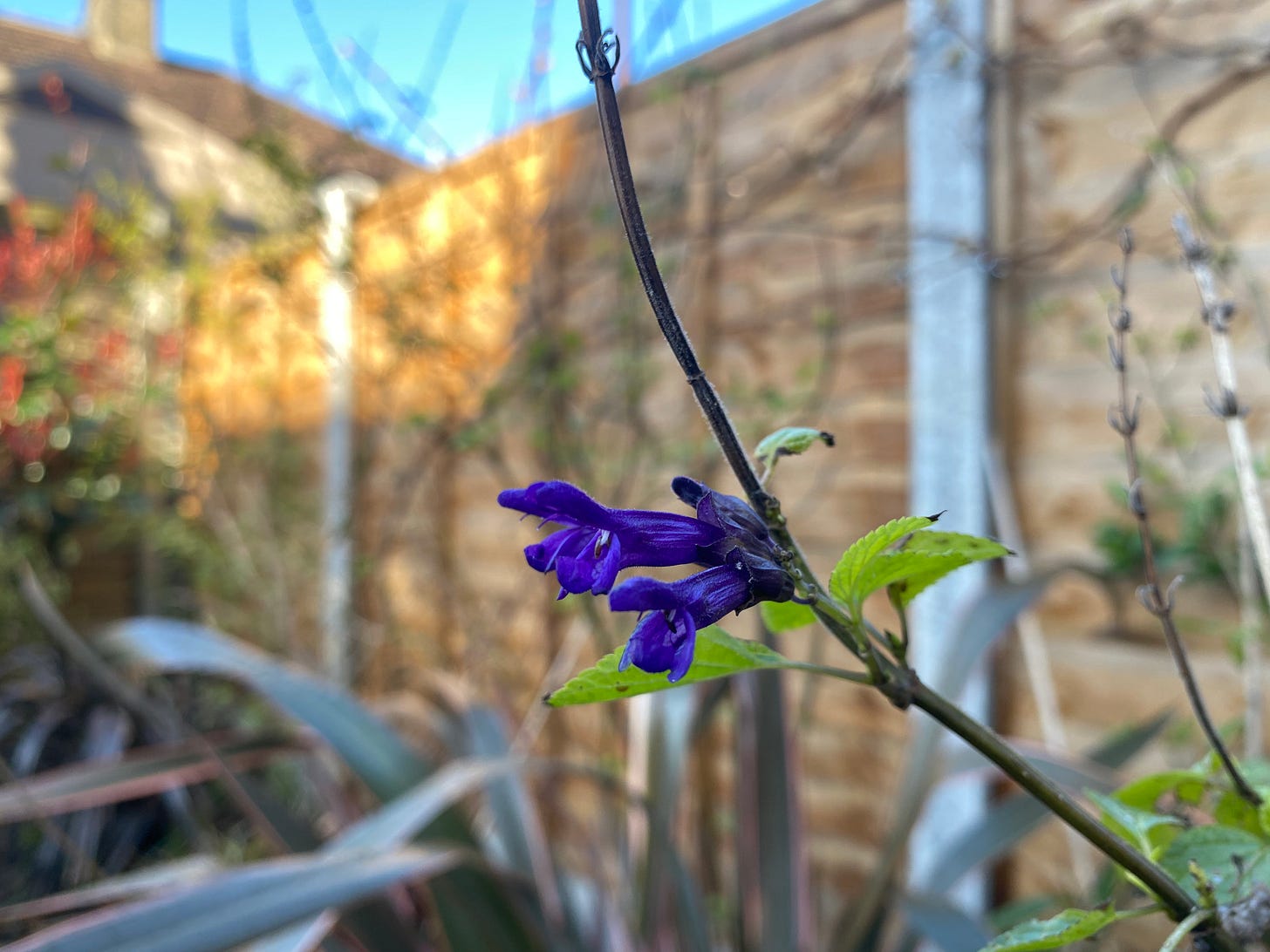
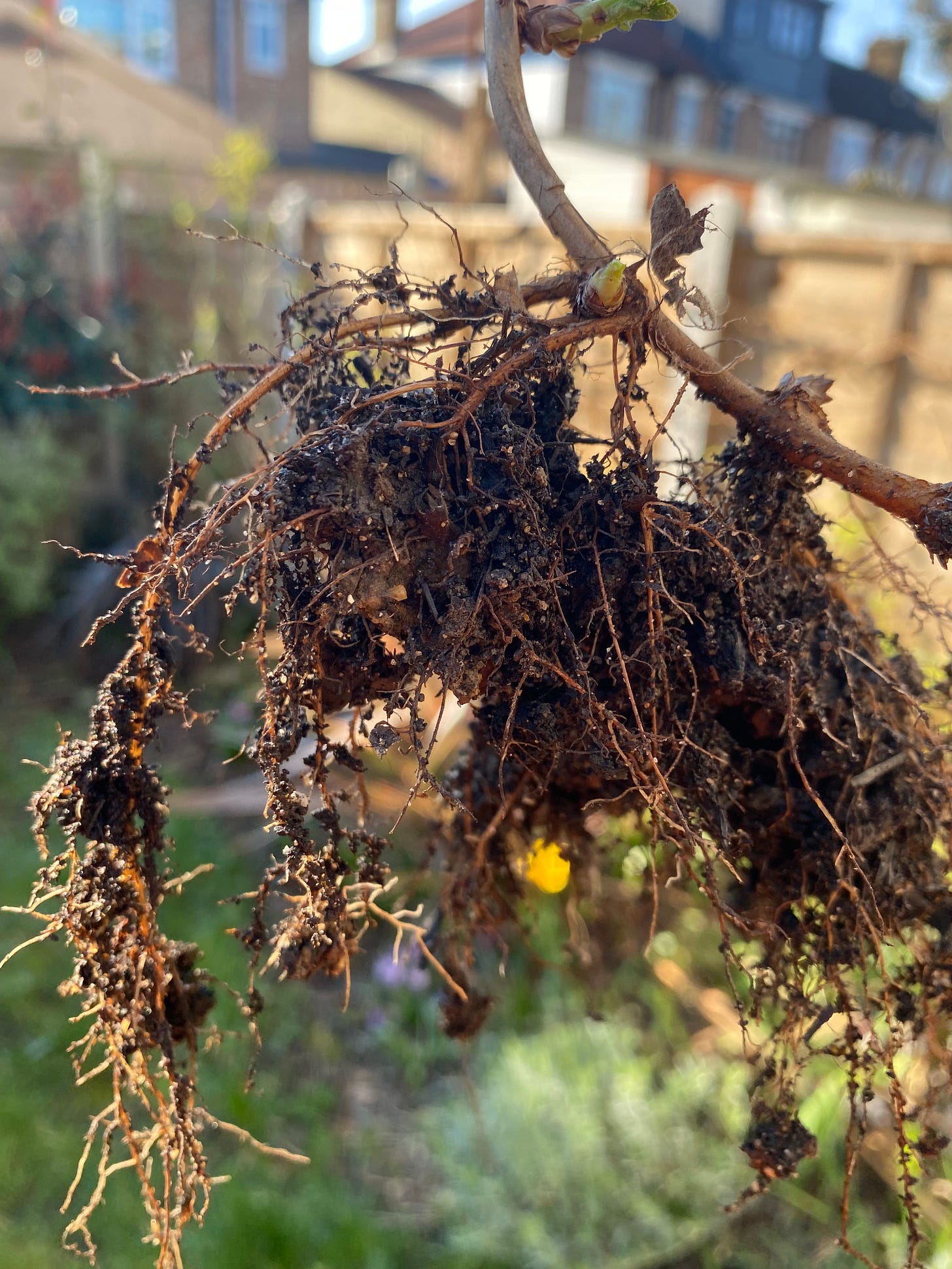
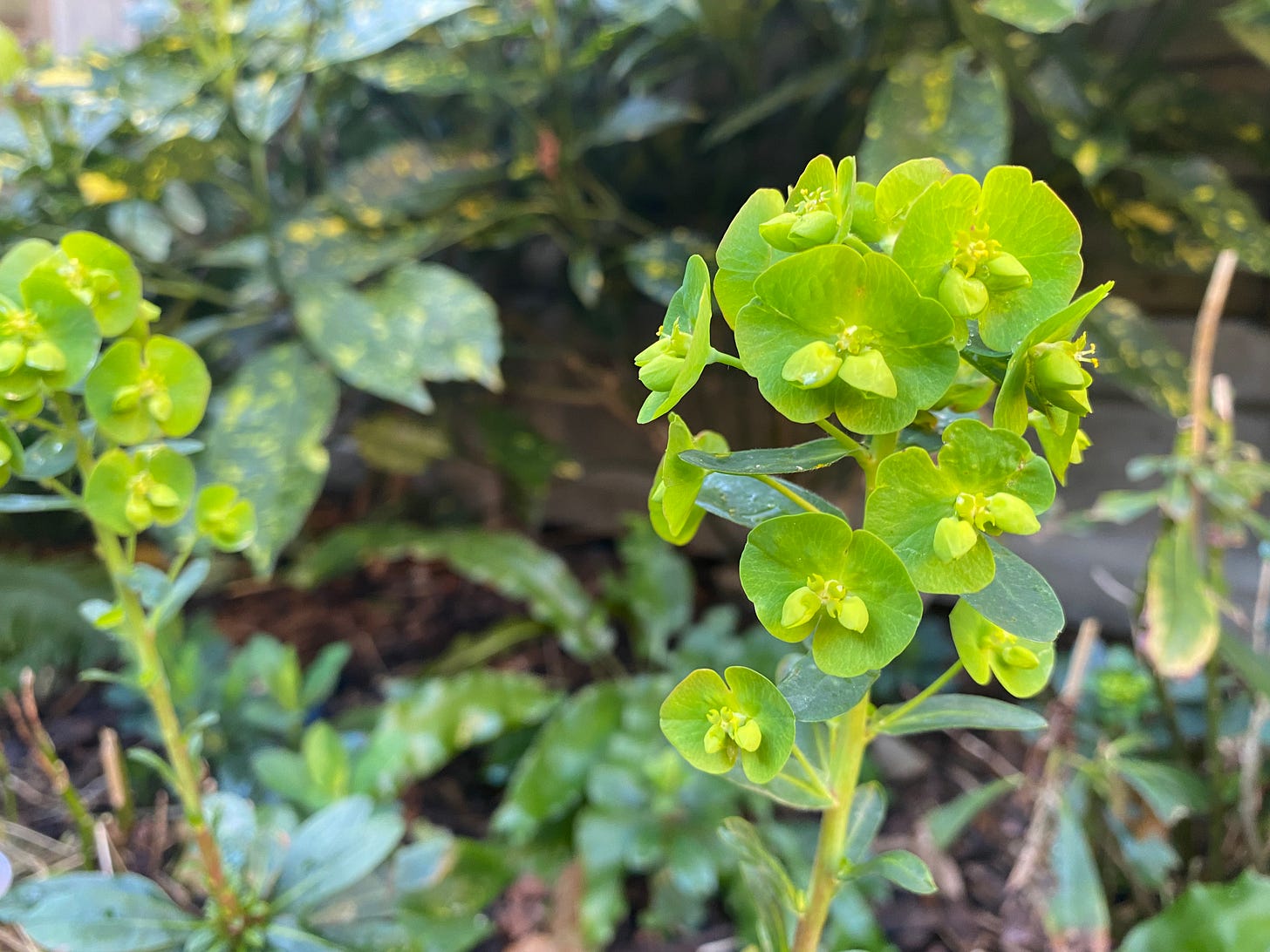
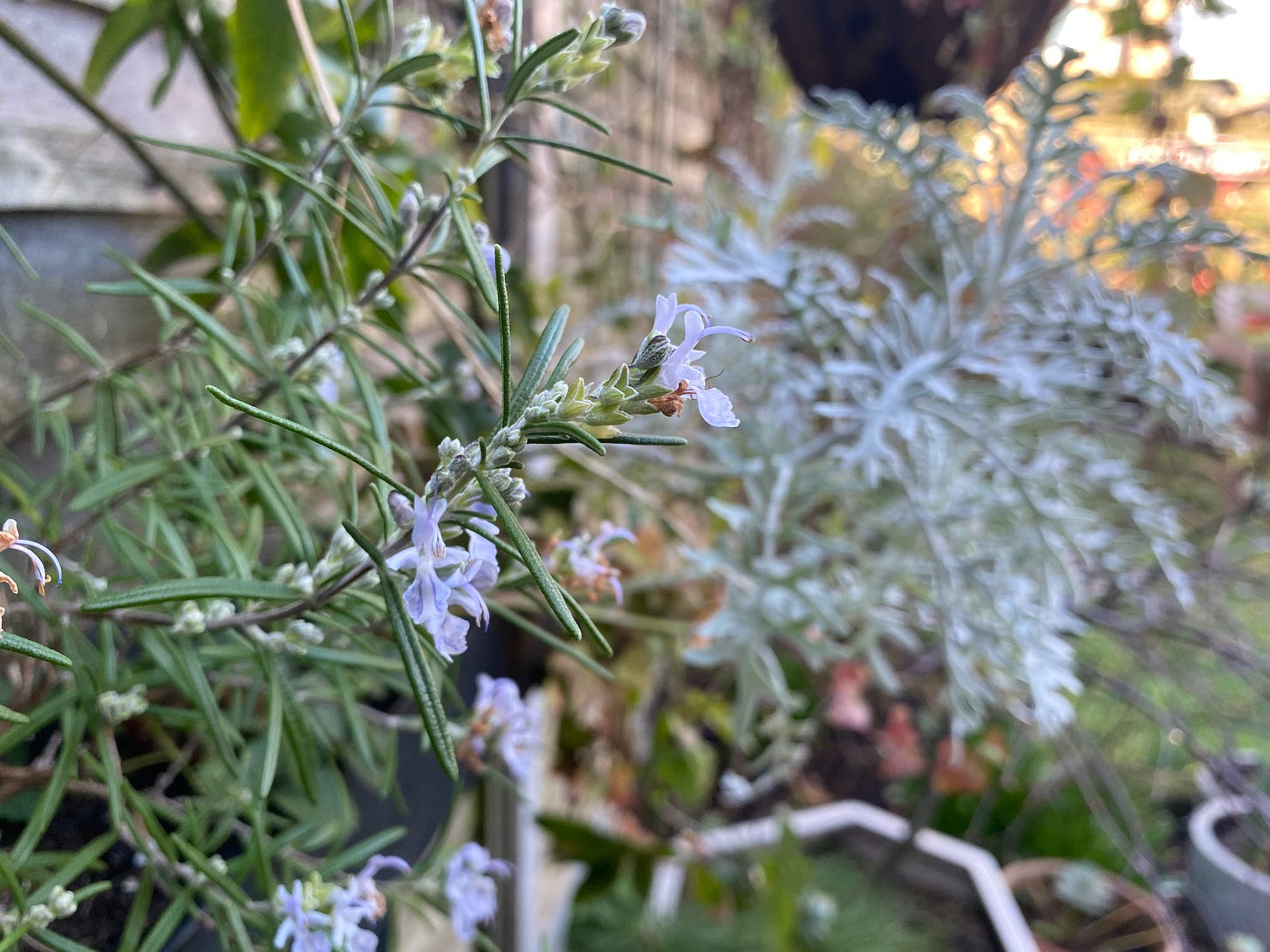
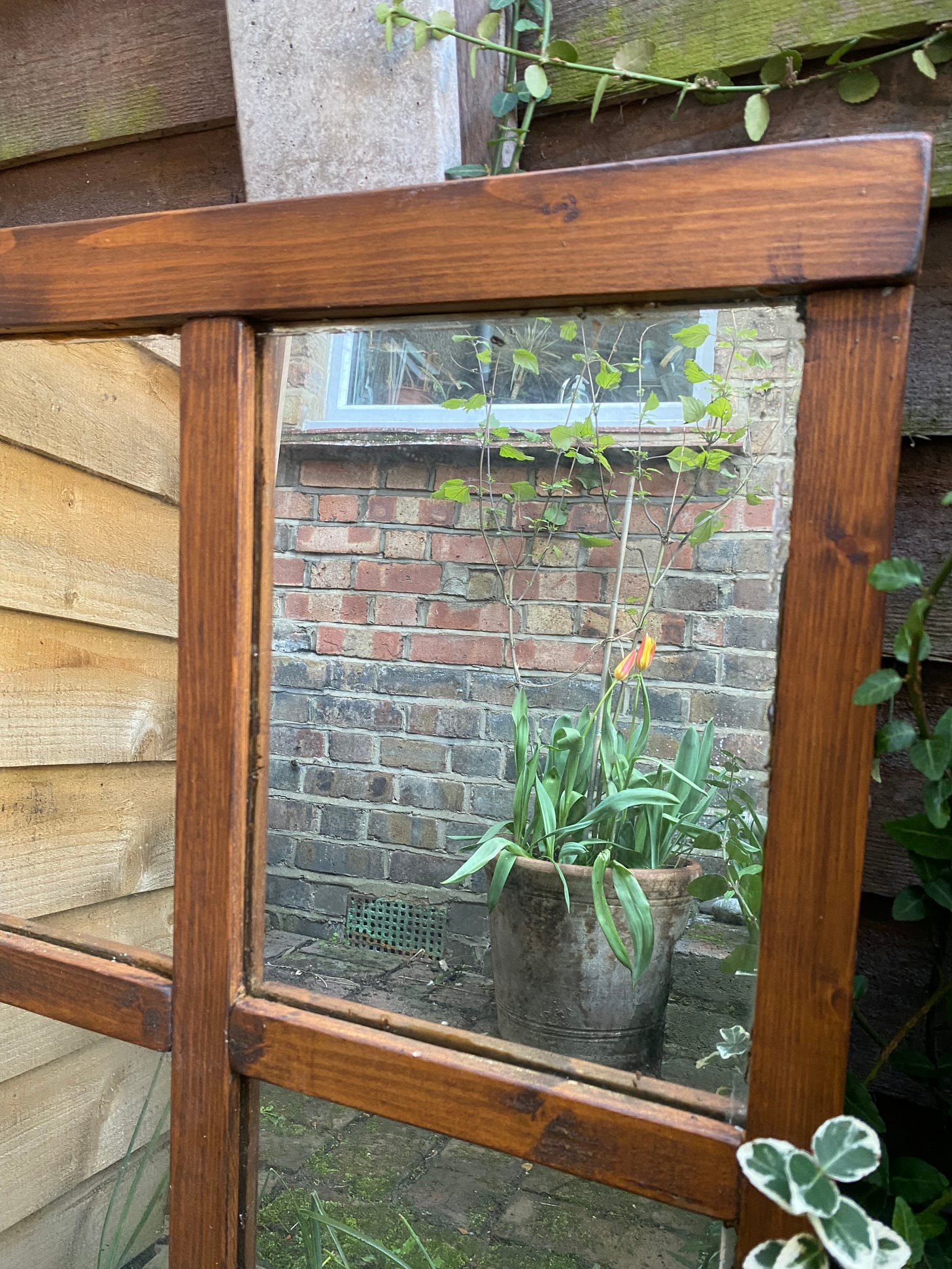

Thanks so much for the kind mention! And it's exciting to see the latest from your garden. The ice is nearly melted here and I'm hoping get some peas in the ground this week. If anyone ever makes it to Pittsburgh, I recommend Phipps Conservatory & Botanical Gardens - they have a great collection, beautiful seasonal shows and when it's freezing outside, it's still warm in their Hawaii exhibit!
Thanks ever so much for mentioning The Gardening Mind, Dan , and of course I’m loving The Earthworm- mutual appreciation! LOVING Boaz Frankel’s posts too - what a great discovery.
On best gardens - Iford Manor! You have to go to Iford Manor. Maybe we could have a Substack trip....